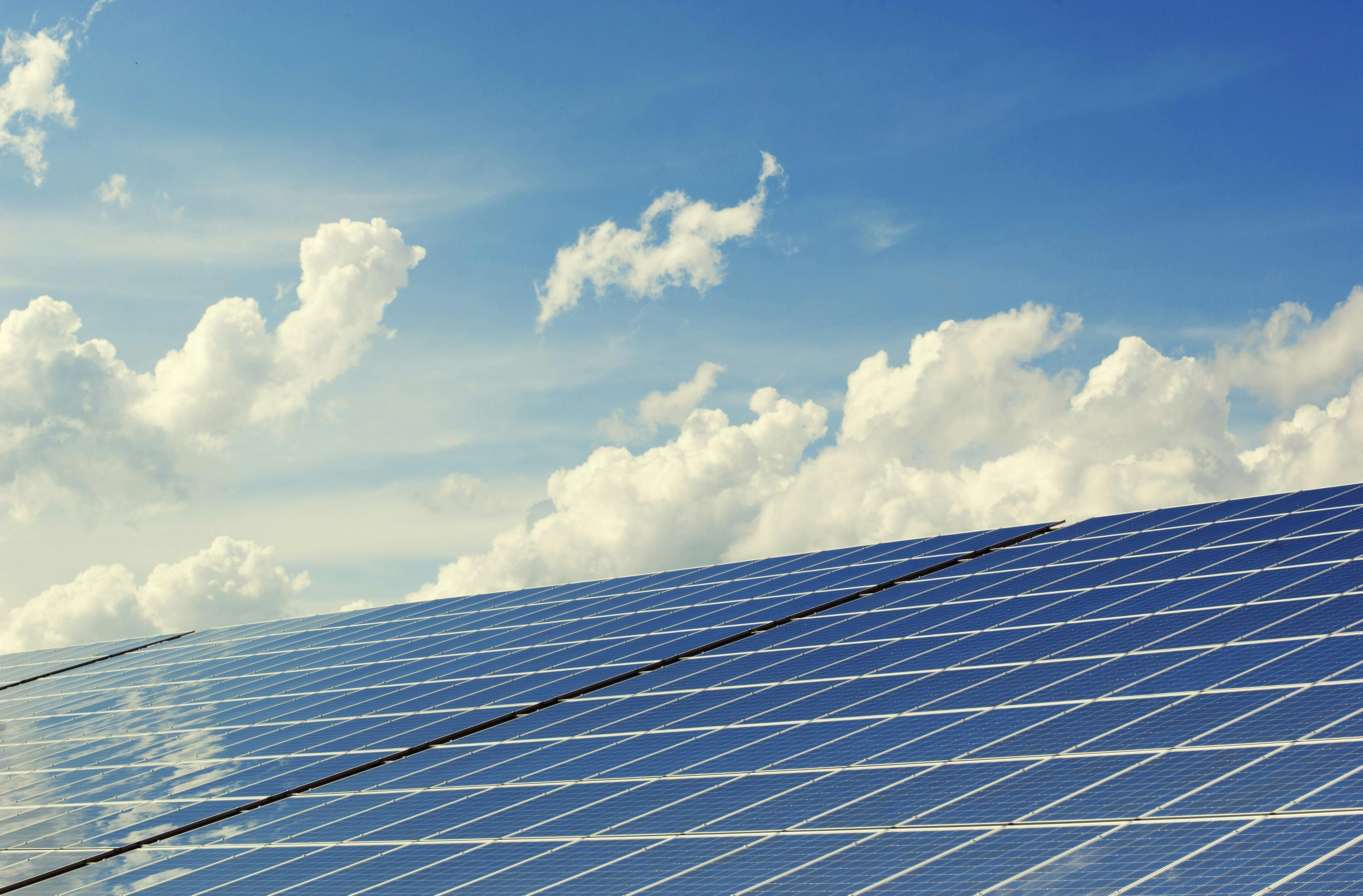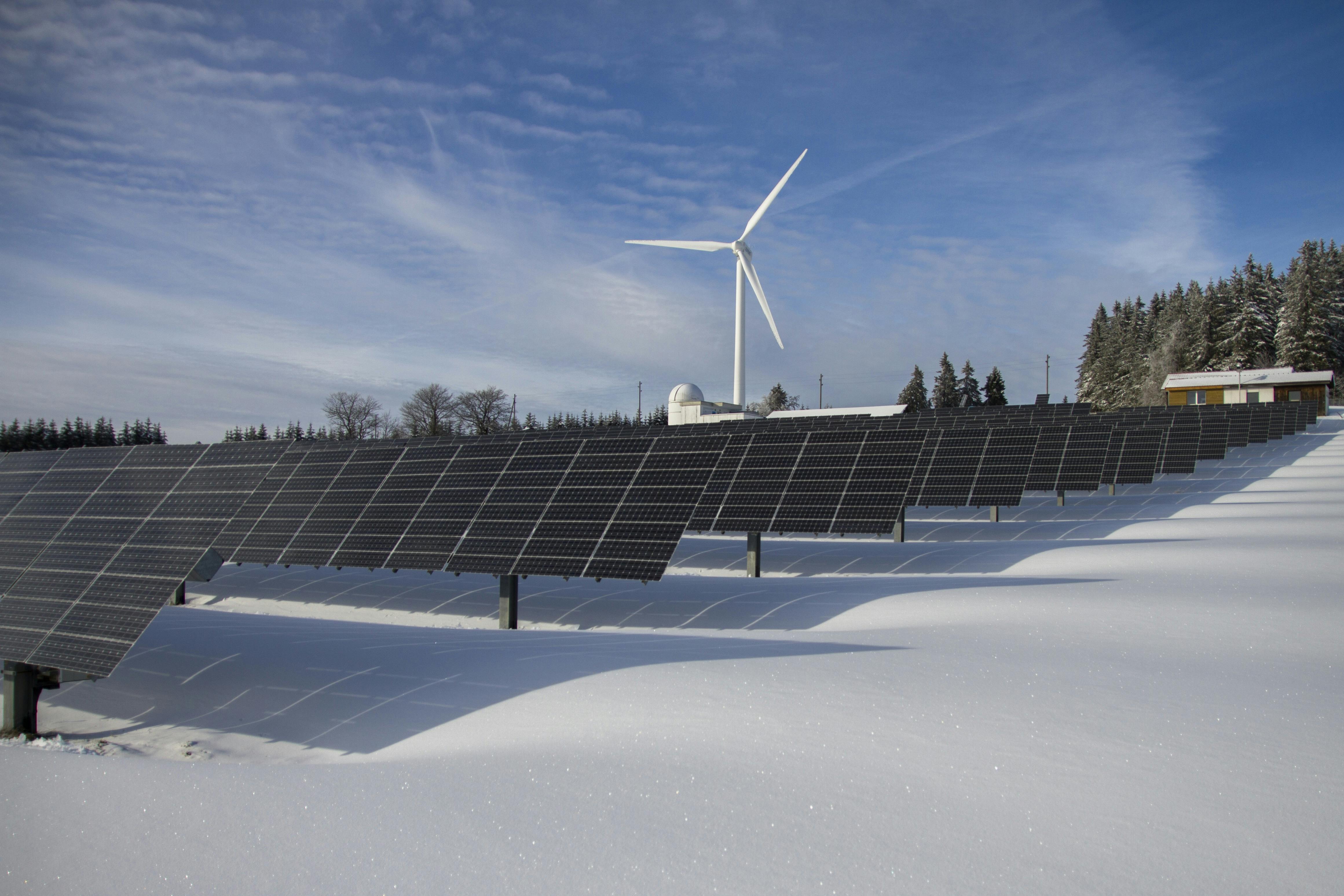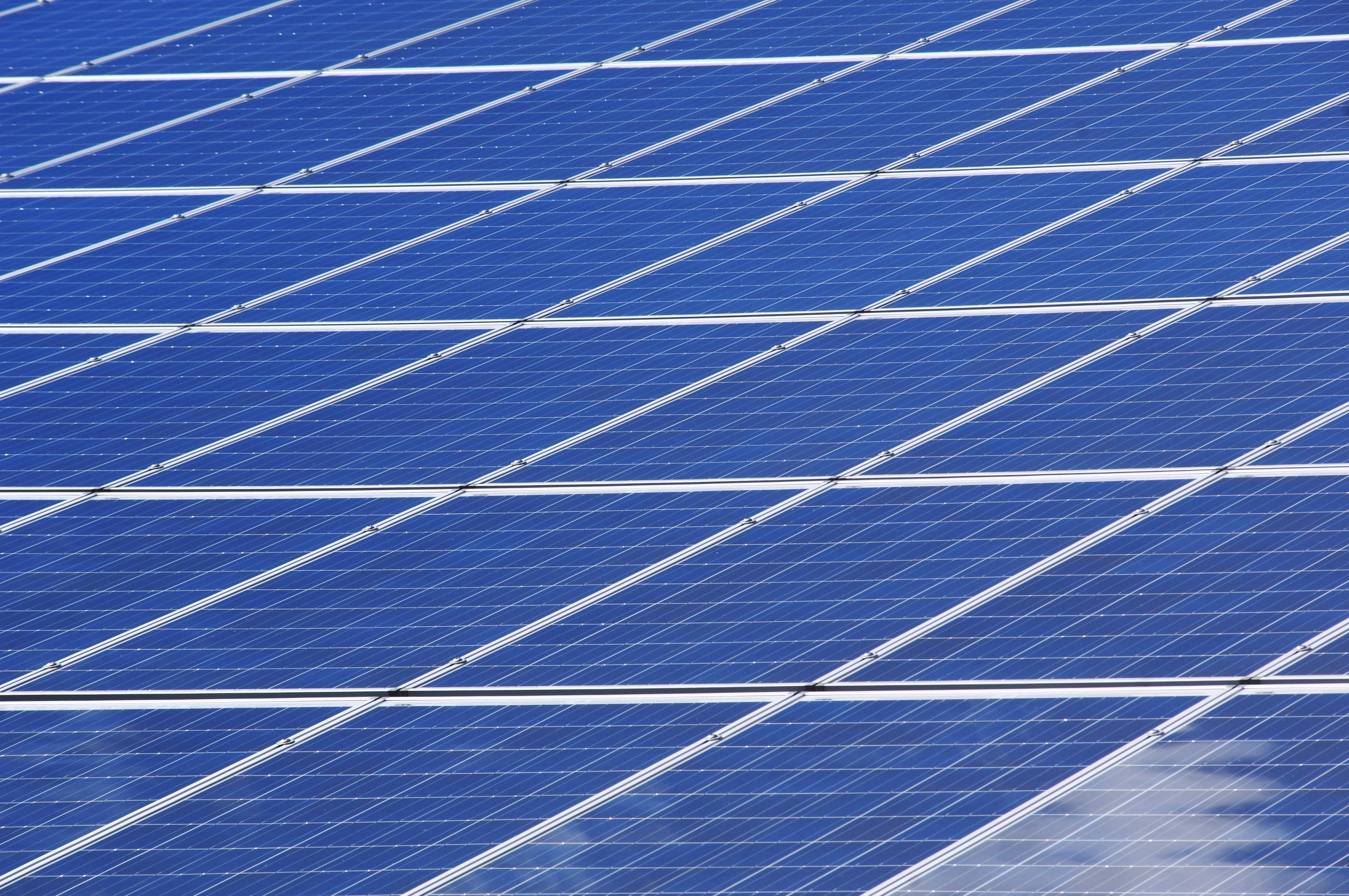
Solar power is transforming the way we produce and consume energy. As climate concerns and energy costs rise, solar energy offers a clean, efficient, and cost-effective solution. In this comprehensive guide, you’ll explore how solar power works, how to implement it, and how it’s shaping our energy future.

Solar power is the conversion of sunlight into electricity using photovoltaic (PV) cells. It’s one of the fastest-growing sources of renewable energy globally due to its sustainability and low environmental impact.
Understanding how solar panels function and their evolution over time helps users appreciate the underlying mechanics and benefits of switching to solar. Think of it as harnessing sunlight like a plant does through photosynthesis, but instead producing clean electricity.
Photovoltaic cells are the core of any solar power system. These cells capture sunlight and convert it into direct current (DC) electricity. According to the International Renewable Energy Agency (IRENA), PV systems accounted for over 60% of all renewable capacity additions in recent years.
These cells are made of semiconductor materials like silicon, and when exposed to light, they generate electrical charges. A common misconception is that solar panels only work in full sunlight, but they can still produce power on cloudy days.
Inverters play a crucial role by converting DC electricity from solar panels into alternating current (AC), which powers homes and businesses. Unlike traditional power systems, inverters also track system performance and integrate with smart grids.
Battery storage systems, such as lithium-ion batteries, allow solar energy to be stored and used at night or during outages. This enhances self-sufficiency and reduces dependence on external energy sources.
Once the basics are understood, the next step is applying solar power in real-world scenarios. Proper planning ensures maximum efficiency, safety, and return on investment.

Common hurdles include high upfront costs, inadequate sun exposure, and regulatory red tape. Solutions include solar tax incentives, adjusting panel angles, and working with experienced installers.
Expert tips: regularly clean panels, monitor system output via apps, and schedule annual inspections to maintain optimal efficiency.
For those who’ve mastered the basics, there are advanced uses of solar power that further enhance energy independence and sustainability. These are ideal for tech-savvy homeowners and businesses looking to maximize ROI.

BIPV systems integrate solar technology into building materials like windows and facades. A recent case study showed a commercial building reduced grid energy use by 45% using BIPV panels.
Smart grids connect solar systems with the internet, enabling real-time data analytics and AI-driven performance optimizations. They are also compatible with smart home devices for better automation and energy management.
The future of solar power looks promising with continuous technological advancements. Expect to see thinner, more flexible panels, increased efficiency, and integration with AI and IoT systems.
Market analysts project solar capacity to triple by 2030, driven by global demand for clean energy. To stay ahead, individuals and businesses should stay informed and invest in scalable solar solutions.
Solar power is more than a trend—it’s a transformative force in the global energy landscape. Key takeaways include: understanding PV technology, knowing how to implement systems, and exploring advanced integrations.
Now is the perfect time to switch to solar. Take the first step by evaluating your site and consulting with experts. Renewable energy starts with informed action.